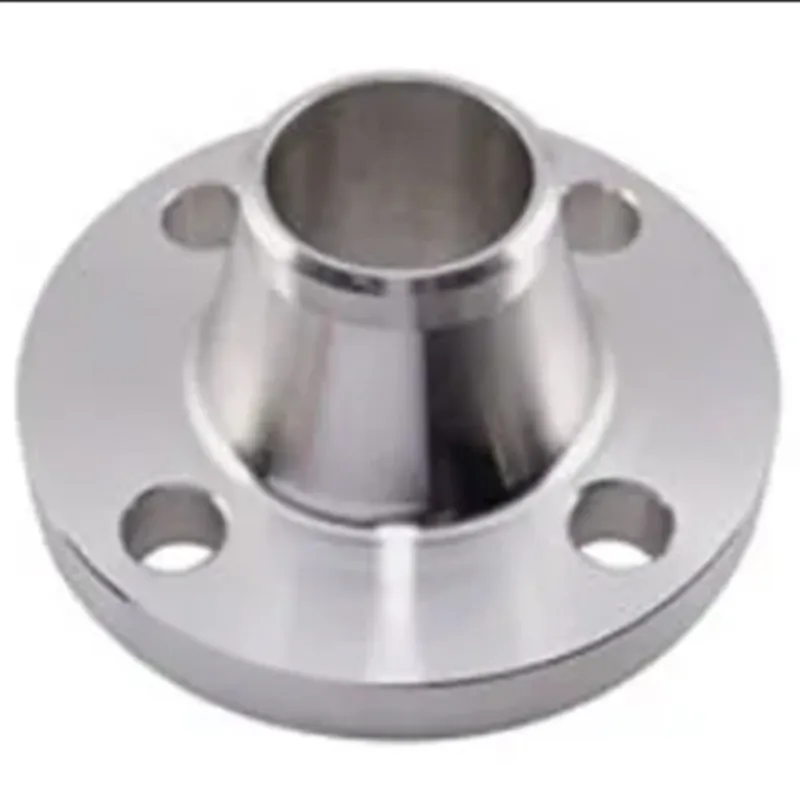-
Cangzhou Yulong Steel Co., Ltd.
-
Phone:
+86 13303177267 -
Email:
admin@ylsteelfittings.com
- English
- Arabic
- Italian
- Spanish
- Portuguese
- German
- kazakh
- Persian
- Greek
- French
- Russian
- Polish
- Thai
- Indonesian
- Vietnamese
- Zulu
- Korean
- Uzbek
- Hindi
- Serbian
- Malay
- Ukrainian
- Gujarati
- Haitian Creole
- hausa
- hawaiian
- Hebrew
- Miao
- Hungarian
- Icelandic
- igbo
- irish
- Japanese
- Javanese
- Kannada
- Khmer
- Rwandese
- Afrikaans
- Albanian
- Amharic
- Armenian
- Azerbaijani
- Basque
- Belarusian
- Bengali
- Bosnian
- Bulgarian
- Catalan
- Cebuano
- China
- China (Taiwan)
- Corsican
- Croatian
- Czech
- Danish
- Esperanto
- Estonian
- Finnish
- Frisian
- Galician
- Georgian
- Kurdish
- Kyrgyz
- Lao
- Latin
- Latvian
- Lithuanian
- Luxembourgish
- Macedonian
- Malgashi
- Malayalam
- Maltese
- Maori
- Marathi
- Mongolian
- Myanmar
- Nepali
- Norwegian
- Norwegian
- Occitan
- Pashto
- Dutch
- Punjabi
- Romanian
- Samoan
- Scottish Gaelic
- Sesotho
- Shona
- Sindhi
- Sinhala
- Slovak
- Slovenian
- Somali
- Sundanese
- Swahili
- Swedish
- Tagalog
- Tajik
- Tamil
- Tatar
- Telugu
- Turkish
- Turkmen
- Urdu
- Uighur
- Welsh
- Bantu
- Yiddish
- Yoruba

Nov . 23, 2024 05:17 Back to list
pipe cutter
The Essential Guide to Pipe Cutters
When it comes to plumbing, construction, or any task that involves working with pipes, having the right tools at your disposal is crucial. One of the most important tools in this regard is the pipe cutter. This specialized tool streamlines the process of cutting pipes, ensuring cleaner cuts, better accuracy, and improved safety for the user.
A pipe cutter is designed specifically for cutting a variety of pipes, typically made from materials such as copper, PVC, or steel. Unlike traditional hacksaws, pipe cutters provide a more controlled cutting motion, reducing the risk of damaging the pipe or causing unwanted debris. The main components of a pipe cutter include a circular blade, a cutting wheel, and a tightening mechanism that secures the cutter in place as you work.
There are several different types of pipe cutters available, each tailored to specific needs. The most common type is the wheel-type pipe cutter, which uses a sharp blade that revolves around the pipe as you tighten the tool. This is particularly effective for making precise cuts on hard materials like copper or PVC. For larger diameter pipes, a ratchet-style pipe cutter may be more suitable, as it allows for easier leverage and power when cutting through thick walls.
pipe cutter

Using a pipe cutter offers numerous advantages. Firstly, it allows for a very clean cut, which is essential for making joints that fit tightly without leaks. Secondly, because the cutter grips the pipe instead of relying on manual sawing, there’s significantly less risk of injury from sharp edges or slipping blades. Moreover, many pipe cutters are compact and portable, making them easy to transport and use in tight spaces.
When using a pipe cutter, it’s important to follow certain best practices to ensure optimal results. Always measure and mark where you intend to cut the pipe, as precision is key. Position the cutter around the pipe at the marked spot, then tighten the knob until the cutting wheel begins to bite into the material. Gradually rotate the cutter around the pipe, tightening as you go, until the pipe is fully severed. After cutting, deburr the edges to remove any sharp residue, ensuring a smoother fit for joints and connectors.
In conclusion, investing in a high-quality pipe cutter can greatly enhance your efficiency and effectiveness when working with pipes. Whether you’re a DIY enthusiast or a professional plumber, mastering the use of a pipe cutter will save you time, provide more precise cuts, and improve safety in your projects. As you look to tackle your next pipe fitting or plumbing task, be sure to have this essential tool on hand.
Latest news
-
ANSI 150P SS304 SO FLANGE
NewsFeb.14,2025
-
ASTM A333GR6 STEEL PIPE
NewsJan.20,2025
-
ANSI B16.5 WELDING NECK FLANGE
NewsJan.15,2026
-
ANSI B16.5 SLIP-ON FLANGE
NewsApr.19,2024
-
SABS 1123 FLANGE
NewsJan.15,2025
-
DIN86044 PLATE FLANGE
NewsApr.19,2024
-
DIN2527 BLIND FLANGE
NewsApr.12,2024
-
JIS B2311 Butt-Welding Fittings LR/SR 45°/90° /180°Seamless/Weld
NewsApr.23,2024











